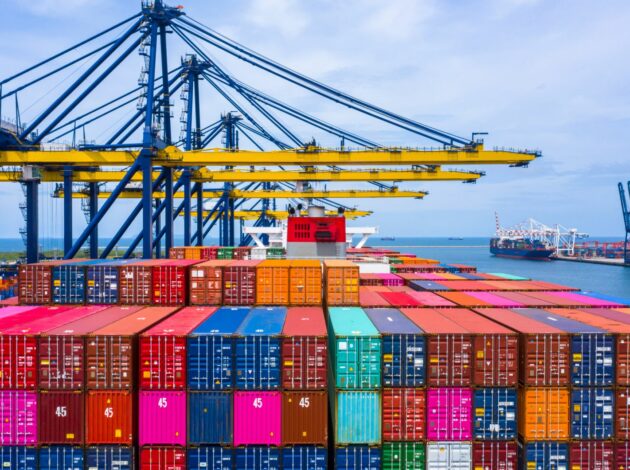There is continuing interest in the apparent disparities between the UK’s official statistics on trade and those produced by the European Union (EU), which have increased since the end of the Brexit transition period. The ONS is working hard to identify and resolve these issues. However, as Matt Hughes explains, a fundamental accounting difference appears to be the major factor.
We have been exploring several possible reasons for the growing disparities between EU and UK trade statistics. A key reason for the differences we have found is that Trade statistics for imports can be reported on a country of dispatch and country of origin basis. Whereas for exports only country of destination is recorded.
For the UK, our main publications for trade statistics shows imports based on country of dispatch and exports on country of destination. This is both for EU and non-EU trade.
The European Union and its Member States will record the country of dispatch and country of origin for non-EU import but will publish their non-EU imports trade based on country of origin.
Prior to leaving the EU, the UK would report our trade export statistics to EU countries on a country of destination basis. Box 1 provides an example of how this would be recorded.
Box 1 – reporting changes pre- and post-2021
|
|
|
Pre January 2021
UK trade statistics show imports from China of £100.
UK statistics record exports on a country of destination basis.
UK trade statistics show exports to NL of £200.
As UK and NL are both EU member states, the import into NL is taken from Intrastat data collection and recorded according to the country of dispatch in Eurostat figures.
Eurostat statistics record this transaction as £200 imports from UK to NL. |
Post January 2021
UK trade statistics show imports from China of £100.
UK statistics record exports on a country of destination basis.
UK trade statistics show exports to NL of £200.
As UK is now Non-EU, the import into NL is taken from Customs Declarations and recorded according to country of origin in Eurostat figures.
Eurostat statistics record this transaction as £200 imports from China to NL. |
While there were still some differences between the ONS and Eurostat trade datasets prior to this year, the two series were a lot closer and followed similar trends. Just looking at 2020 as an example, the difference between the ONS and Eurostat non-seasonally adjusted datasets were as little as under £100 million in some months, while reaching around £1.5 billion in others.
Since leaving the EU, our UK to EU exports statistics continue to be reported on a country of destination basis. However, Eurostat report non-EU imports (including those from the UK) on a country of origin basis, which, importantly, means that the statistics Eurostat publish for 2021 are not on the same basis as statistics for previous years.
The larger falls seen in the Eurostat data over this time period will reflect not only changes in trade, but also the fact that imports are being recorded as being from different countries than was previously the case. Box 1 also provides an example of how reporting is now captured.
Revisiting the differences now between the UK and Eurostat non-seasonally adjusted datasets, the divergences are much larger, up to £2.7 billion in some months. The commodities driving this increased divergence are ‘machinery & transport equipment’ and ‘miscellaneous manufactures’. While a large volume of goods for these commodities, for example cars being finished, pass through the UK, the importing European country receiving the finished good will report country of origin and not country of dispatch.
In contrast, as the UK statistics continue to be on the same basis, changes over this time period will be reflective of changes in trade.
This is only one reason why the disparities have widened, but our research suggests it is likely to be the main reason. We will, however, keep you all updated as we learn more about the differences and their impacts on the headline estimates.
Matt Hughes is senior statistician at the ONS
